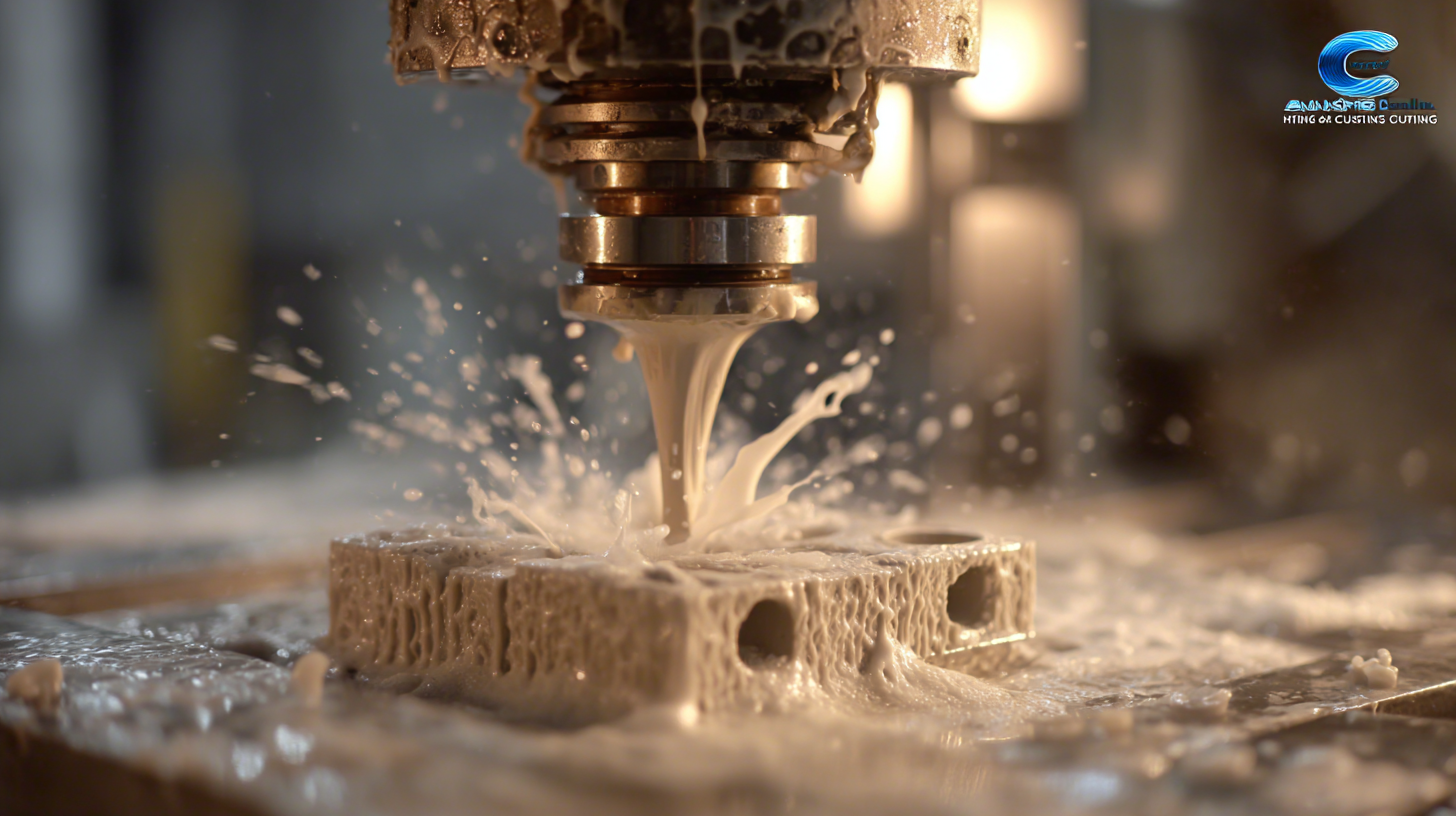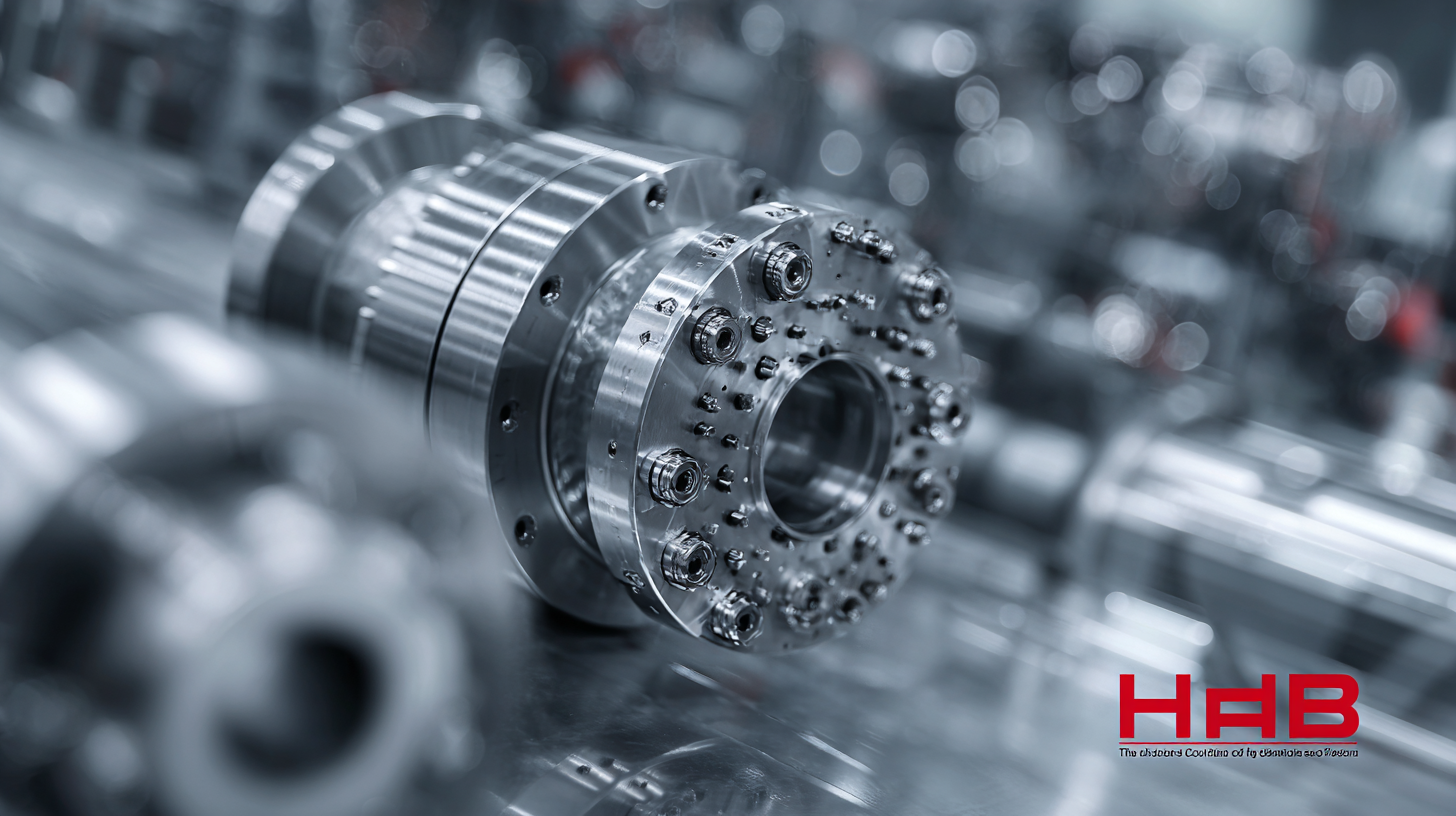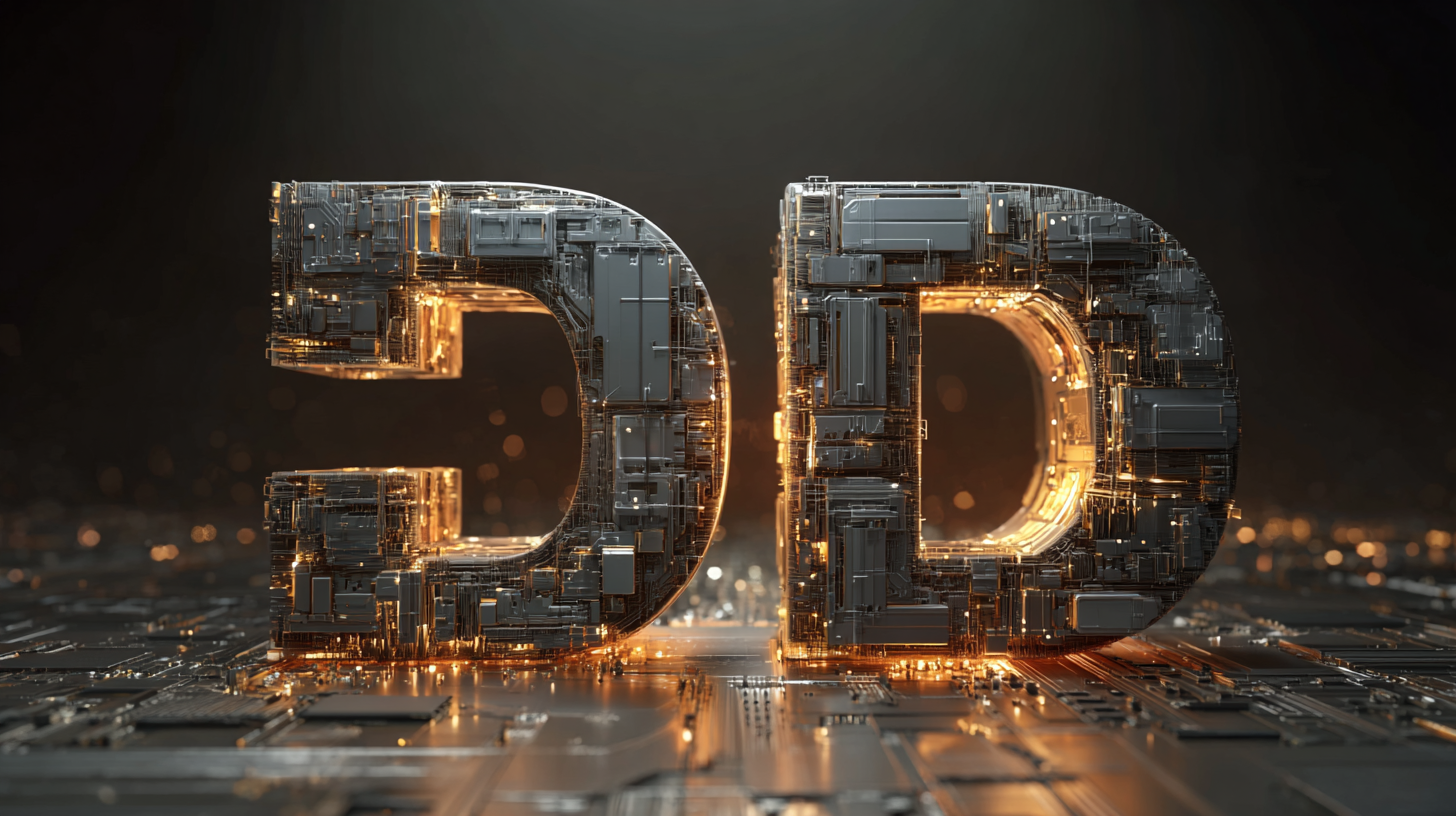 +86 180 0293 5268
+86 180 0293 5268






In an era characterized by rapid technological advancements and evolving market demands, the landscape of manufacturing is witnessing a significant transformation. High Tech Investment Casting has emerged as a pivotal solution for industries seeking precision, efficiency, and sustainability in their production processes. As global buyers navigate this dynamic environment, understanding the top strategies for integrating advanced casting solutions becomes essential. This blog will explore the cutting-edge developments in High Tech Investment Casting, highlighting innovative techniques, material advancements, and best practices that are reshaping the industry.

By examining these strategies, we aim to provide valuable insights for manufacturers and organizations looking to leverage these advancements for competitive advantage in an increasingly interconnected marketplace.
The landscape of advanced high tech investment casting is evolving rapidly, driven by innovations and emerging trends. One significant trend is the integration of automation and artificial intelligence into the casting process. These technologies not only enhance precision but also reduce lead times, allowing manufacturers to meet the growing demand for customized components. Buyers should consider suppliers that leverage AI for real-time monitoring and predictive maintenance, ensuring high-quality outputs and minimizing operational disruptions.
Another emerging trend is the use of advanced materials, such as ceramics and composites, which are becoming increasingly popular due to their superior properties. These materials enable the production of lightweight yet highly durable components suitable for various industries, including aerospace and automotive. Buyers should seek partners who have expertise in these advanced materials to gain a competitive edge in their respective markets.
Tip: Before investing in any supplier, conduct thorough research on their technological capabilities and experience with advanced materials. Engaging in collaborative projects can also foster innovation and drive better results, ensuring you stay ahead in the competitive landscape of investment casting.
This bar chart illustrates the projected growth of the advanced high tech investment casting market from 2020 to 2025. As industry demand increases, significant investments are anticipated in technology advancements and production capabilities.
Navigating the complexities of import and export certification processes for advanced high tech investment casting solutions is crucial for global buyers aiming to enhance their manufacturing capabilities. As markets become increasingly interconnected, understanding the specific regulatory frameworks and certification requirements in different countries can streamline the procurement process and minimize delays.
Tip: Before initiating the import or export of casting solutions, it's essential to familiarize yourself with the relevant certifications your products need. This can vary significantly by region and industry, so investing time in research or consulting with export experts can save you time and resources.
Additionally, effective communication with suppliers can make the certification process smoother. Establishing a clear dialogue about the necessary documentation and standards required for compliance can prevent misunderstandings that might lead to costly setbacks.
Tip: Developing a checklist of required certifications and documentation for each target market can help you stay organized and ensure that you meet all regulatory requirements before shipping your investment casting solutions. This proactive approach not only fosters smoother transactions but also builds trust with your international partners.
| Region | Casting Type | Material | Typical Applications | Certification Requirements |
|---|---|---|---|---|
| North America | Investment Casting | Stainless Steel | Aerospace Components | ASTM, ISO 9001 |
| Europe | Lost Foam Casting | Aluminum | Automotive Parts | EN 1559, ISO TS 16949 |
| Asia | Precision Casting | Nickel Alloy | Medical Devices | ISO 13485, CE Mark |
| South America | Sand Casting | Gray Iron | Construction Equipment | ANSI, ISO 9000 |
Investment casting has long been a cornerstone of manufacturing for high-precision components in various industries, including aerospace, automotive, and medical devices. As global buyers seek advanced solutions that improve both quality and efficiency, several key considerations must be taken into account. First and foremost, understanding the technology and materials used in the casting process is crucial. Buyers should evaluate the capabilities of their suppliers in utilizing cuting-edge materials that enhance performance while reducing weight and manufacturing costs.
Another vital aspect is the supplier’s commitment to sustainability and ethical manufacturing practices. As environmental regulations become stricter and consumer demand for responsible sourcing increases, global buyers must prioritize partners who invest in green technologies and processes. This not only ensures compliance but also strengthens brand reputation. Additionally, effective communication and collaboration with suppliers can lead to better project alignment, faster turnaround times, and innovation in product development.
By focusing on these considerations, global buyers can position themselves advantageously in the competitive landscape of investment casting.
When selecting the right advanced high-tech investment casting partner, global buyers must first evaluate the technological capabilities of potential suppliers. As the semiconductor casting market is projected to grow significantly from $175.14 billion in 2025 to $258.27 billion by 2032, it’s crucial to choose a partner who not only keeps pace with market demands but also demonstrates a commitment to innovation. This includes assessing their expertise in advanced materials, production techniques, and their ability to integrate novel technologies, such as quantum computing advancements, into their processes.

Additionally, understanding a partner's approach to quality control and their adherence to industry standards can significantly impact the decision-making process. With advancements in quantum technology paving the way for new applications, potential partners should possess a robust research and development framework. By ensuring that the chosen investment casting partner excels in both technological prowess and quality assurance, global buyers can secure a competitive edge in a market driven by rapid advancements and increasing complexity.
The investment casting industry is poised for significant transformations driven by technological advancements and innovative solutions tailored for global markets. According to a recent report by MarketsandMarkets, the global investment casting market is expected to reach USD 20.9 billion by 2025, growing at a CAGR of 7.4% during the forecast period. Such growth is spurred by the increasing demand for precision components in sectors like aerospace, automotive, and healthcare, which require complex geometries that traditional manufacturing methods struggle to achieve.

Innovations in materials and processes are revolutionizing the landscape of advanced high-tech investment casting. For instance, the introduction of 3D printing technologies for mold creation is reducing lead times significantly and allowing for more intricate designs. A study by Research and Markets highlights that the integration of AI and machine learning within casting processes is enhancing quality control and predictive maintenance, thereby reducing costs and improving efficiency. As global buyers seek more sustainable and adaptable solutions, the industry stands at the brink of a paradigm shift that promises enhanced production capabilities and responsiveness to market needs.
